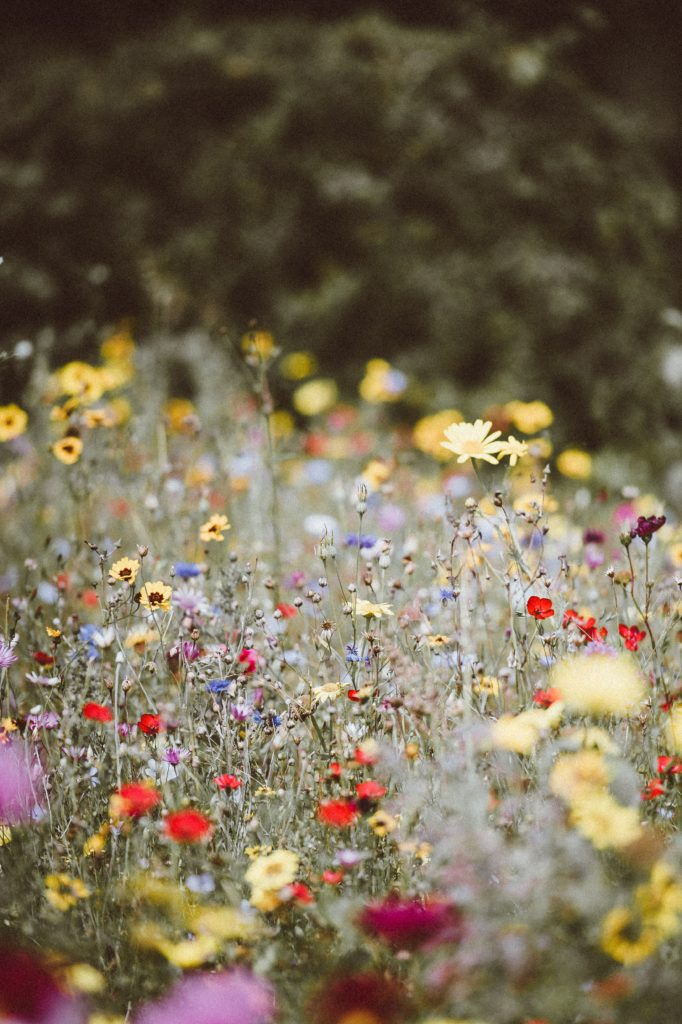
The housing and land crisis of Berkeley, California may have reached a tipping point during the legal battle of Berkeley versus Berkeley in February 2022, but this ongoing clash between the university and residents is far from new.
A constant hotbed for tensions between the expansion of UC Berkeley University and local residents, in 1969 local activists created an impromptu park on UC Berkeley-purchased land in an effort to keep green spaces within the city of Berkeley alive and well. Now known as the People’s Park, this green space represents an area of land taken over by environmental activists and given back to the people.
Since then, the act of transforming public property into green spaces has exploded across the globe. Known as guerrilla gardening, this act uses plants as protest to reclaim barren land.
Guerrilla Gardening: The Origin Story
The concept of guerrilla gardening took center stage in 1973, credited to founder Liz Christy and the Green Guerrillas. Throughout the bustling streets of New York City, the Green Guerrillas threw seed bombs (or clusters of wildflower seeds wrapped in an exterior of dirt) into forgotten lots, converting them into flowering spaces of plants and new growth.
Through their efforts, they altered the battered buildings and debris-filled streets of New York City into a space filled with flower boxes blooming in abandoned building windows and community gardens filled with fresh fruits and vegetables in urban lots.
Despite threats from the mayor’s office to bulldoze the grassroots gardens and kick out the rebel gardeners, the Green Guerrillas organized protests and leaked news to the media, cementing their claim to fame as New York City’s first-ever community garden.
The Green Guerrillas still exist as an advocacy group to this day, organizing a council of cross-borough gardeners across New York City, youth empowerment programs, neighborhood garden distribution systems, and more to aid and assist with the green revitalization of urban spaces.
Graffiti with a Green Twist
Legally, the act of guerrilla gardening is murky at best. Guerrilla gardening violates laws of trespassing, private property and, in some cases, criminal damage.
That said, in cities like Munich, Germany, lawmakers have legalized guerrilla gardening—creating a permit for guerrilla gardeners as a cooperative between citizens and local legislators. While the gardeners still prefer to carry out their guerrilla gardening in the dead of the night, lawmakers recognize these rebel horticulturists for their work in urban beautification and revitalization.
A Fight Against Food Deserts
This act of beautifying abandoned public places is more than just an act of civil defiance – it’s a statement against redlining, exclusion, and the ways in which communities of color are disproportionately affected by the lack of green spaces.
According to global management consulting firm, McKinsey and Company, it’s estimated that one out of every five Black households live within a food desert, lacking access to proper grocery stores, restaurants, and farmers markets.
Guerrilla gardening and the creation of community gardens seeks to combat that – harvesting fresh produce and hosting informational sessions for how to grow edible plants and herbs.
Combatting the Effects of Urban Heat Islands
Beyond the issue of food deserts, lack of urban green spaces also cause urban heat islands, or frequently severe and long heat waves caused by the replacement of natural land with buildings, cement, and sidewalks which absorb and retain heat. Urban heat islands not only cause increased energy consumption through heightened use of air conditioning, but also cause heat-related illnesses among older adults, low-income populations, young children, and individuals with chronic health conditions.
Green spaces combat these urban heat island implications by offering shade, reducing the amount of sun that strikes high-heat absorption surfaces, and releasing water into the atmosphere to trigger a cooling process known as ‘transpiration cooling.’
Last but not least, green spaces protect against flash floods and assist with air filtration for an overall safer and healthier livable place.
How to (Legally) Beautify your Local Region
In spite of its vandalism-trenched history, guerrilla gardening is growing more commonly acceptable along with other (legal) ways to beautify local communities. For those looking to inspire positive change outside of the dead of the night, consider participating in any of the following ways to help increase green spaces within your local town or city:
1. Get Involved with A Local Community Garden
You can find a community garden near you by visiting the ‘find a garden’ resource here.
2. Vote for Local Representatives who Prioritize Green Spaces
Voting is one of the most powerful ways you can directly shape and impact your community. Explore Green Party endorsements at a federal, state, and local level to find representatives seeking positive, sustainable change.
3. Join A Local Sustainability Organization
It’s not uncommon for towns and cities to have local sustainability organizations who work to inspire change within their local community. Find an organization near you with VolunteerMatch.
***
While the original Green Guerrillas may no longer be throwing seed bombs in the middle of the night, their legacy continues to inspire future generations through their historic commitment to green spaces and urban revitalization. Contact your local representatives today and see what you can do to make America green again, just like the Green Guerrillas in 1973.
Get more like this—Sign up for our daily inspirational newsletter for exclusive content!
__
Photo: Lisa Photios via Pexels; Annie Spratt via Unsplash





